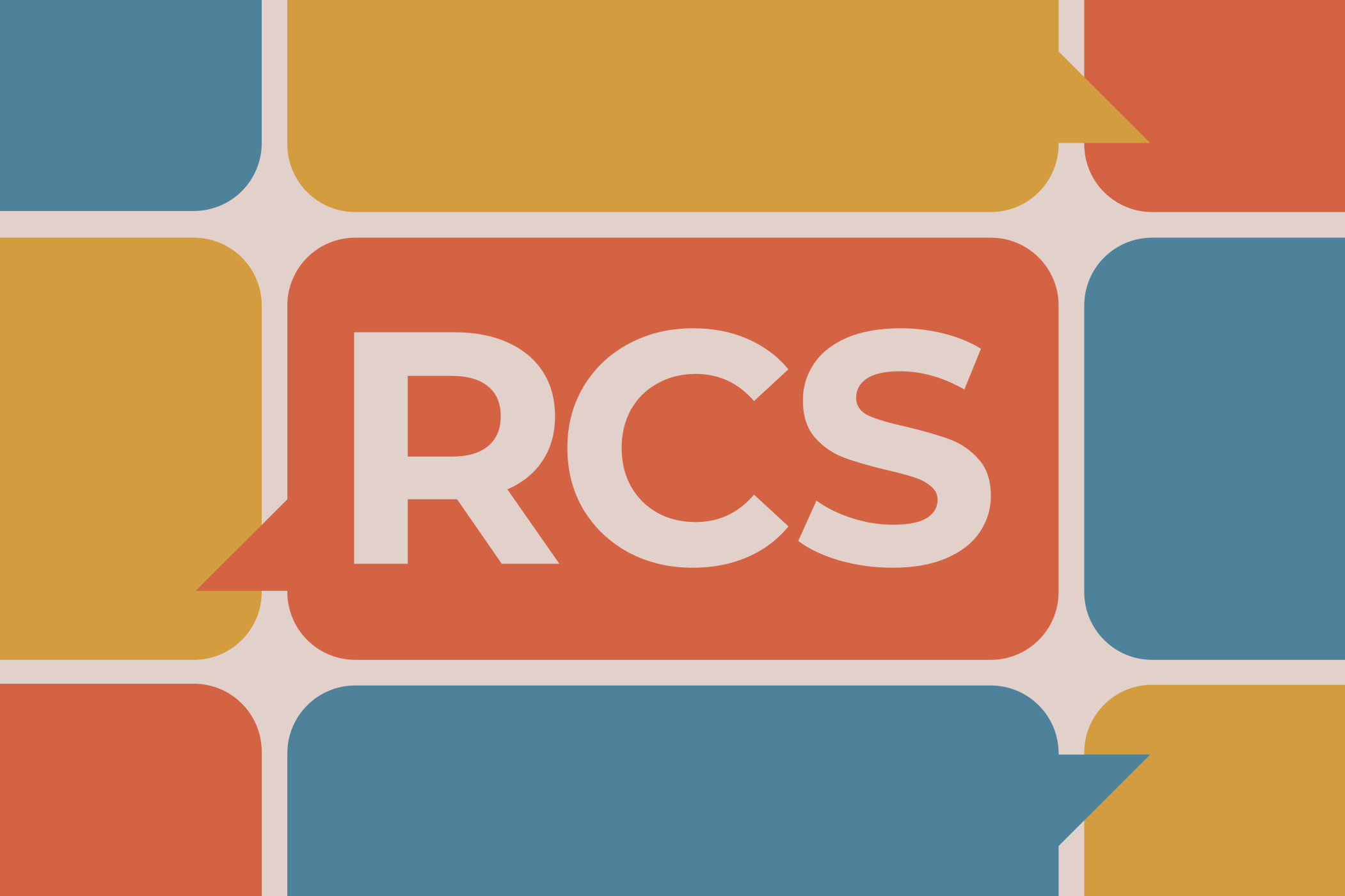Quick Links
Key Takeaways
- RCS, or Rich Communication Service, is the future of texting and adds a richer experience to text and multimedia messages with features like read receipts and higher image and video quality.
- Many carriers already support RCS, thanks to the Universal Profile, which ensures compatibility between different carriers. Apple is set to adopt RCS for the iPhone in 2024.
- Google is leading the charge to bring RCS to the masses with its Google Messages app, providing a unified chat experience and eliminating the need for multiple messaging clients.
SMS (Short Messaging Service) has been around for a long time, but it's been slowly being replaced by a newer and much better standard for text messaging called "RCS." You may have heard this mysterious acronym before, but what is RCS all about, and more importantly, how will it affect you?
What is RCS?
RCS stands for "Rich Communication Service," and it's often referred to as the "future of texting" on your phone. As its name suggests, this service adds a much richer experience to text and multimedia messages. We're talking higher image and video quality, read receipts, typing indicators, and more.
To make this a little more clear, think about instant messaging apps like Facebook Messenger or Whatsapp. Unlike traditional texting with a phone number, these apps allow you to see when someone reads your message or is typing, images are shared at much higher quality, and so on. RCS brings a similar experience to text messaging.
Another way to think of it is like Apple's iMessage service, but instead of a proprietary system that requires everyone to have an iPhone or iPad, RCS essentially works with any phone number, just like SMS did. And if both parties don't have RCS yet, it will simply default back to SMS, so no messages are lost.
What Phones Support RCS?
First off, RCS isn't just something your phone gets, like a new Android feature or app update. Your carrier plays a big role in whether or not you can take advantage of RCS.
Here's the good news: many carriers already support RCS, and they have for many years already. However, in the early days of RCS, there wasn't a specific set of mandatory features in place upon implementation, so it was sort of a mess. Some carriers offered certain features of RCS but not others, and many of those features weren't even compatible between carriers.
In order to fix this, the Universal Profile was born. This laid out a general set of features and functionality that RCS supports, and everyone who's on board agrees to support all these features.
Fortunately, the number of carriers, manufacturers, and OS providers that are on board to support the Universal Profile is vast. That means you really don't have to worry about whether you'll have the same RCS features as someone else. There is, however, one key name missing from the list of companies supporting RCS: Apple.
What About RCS on the iPhone?
While RCS has been rolling out to more and more people, Apple has been ignoring the development. iPhones have two methods for text messaging: iMessage and SMS. iMessage chats are in blue, while everything else is green. Up until 2024, those green messages could only be SMS.
Android users, in particular, have been very annoyed by this fact. Since the iPhone only supported SMS, any text message from a non-iPhone to an iPhone was forced to use the older, outdated standard. That meant low-quality photos and videos, which iPhone users would then blame on the sender. Apple had no incentive to fix the green bubbles (an unnecessary distinction that they intentionally created).
In late 2023, Apple officially announced that it would finally support RCS on iPhones in 2024. Google had been putting a lot of public pressure on Apple to adopt RCS, but it was most likely the potential for regulatory action that caused the company to change course.
iMessage will still exist alongside RCS, and the blue and green bubble situation isn't going anywhere. iPhone users likely won't even notice the switch from SMS to RCS for their green bubble chats, but even just higher-quality photos and videos will be an improvement.
Google is Leading the Charge to Bring RCS to the Masses
Since it takes a lot of work to get all the carriers and manufacturers on board with supporting a new standard, Google has taken the liberty of getting the ball rolling. It built a new standard named "Jibe" that's based on RCS with Universal Profile—this is the future of RCS and the future of text messaging.
You may be wondering why Google is so interested in getting RCS pushed out to the masses. The answer is simple: because it needs a unified chat experience. Google has had many failed chat apps over the years. The company is hoping RCS can be the ultimate fix for this long-standing problem.
Instead of having multiple messaging clients for different reasons, you just need the Google Messages app, which already comes pre-installed on the majority of Android devices. And since most carriers support RCS, that's automatically a great built-in messaging app that requires no extra work for users. In other words, the same thing that iMessage does for iPhone users.
When Will RCS Be Available For My Phone?
The short answer is you most likely already have RCS enabled on your Android phone. AT&T, T-Mobile, Verizon, Rogers, and many other carriers support RCS. Samsung Galaxy and Google Pixel phones come with the Google Messages app pre-installed. And if that's not enough, Google has taken matters into their own hands by enabling it for most Android phones themselves. If you're unsure, you can easily check if your phone has RCS. The future is looking bright for phone number-based messaging.
